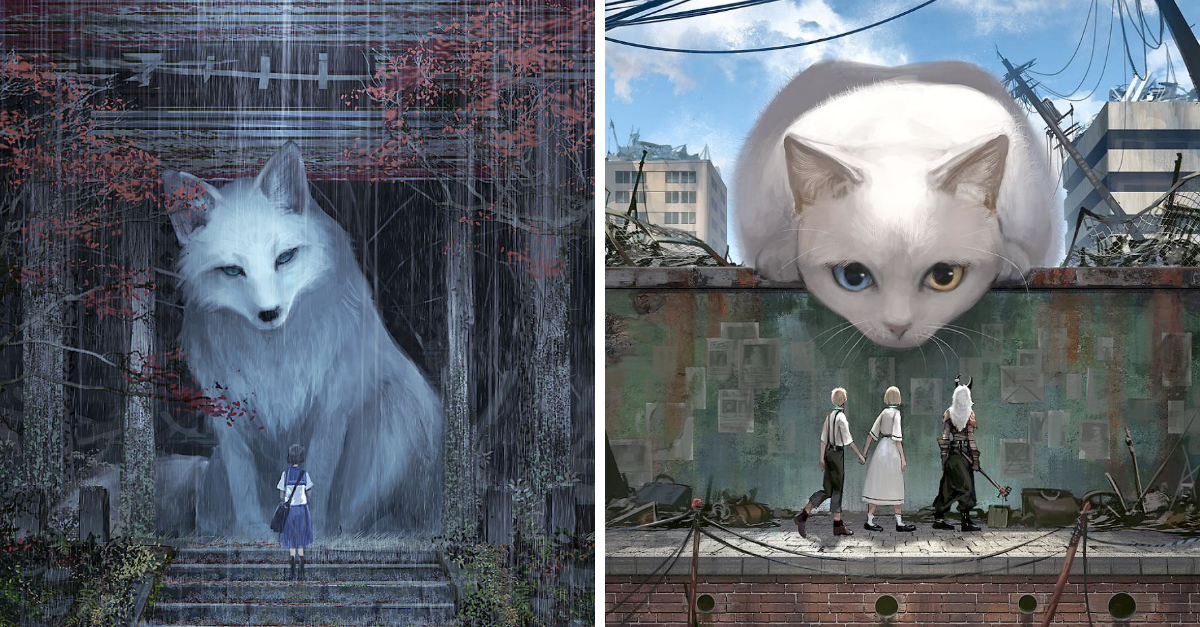
Japanese lore and culture have a way of telling stories or creating worlds that is a step above the convention. Personally, I believe this stems from the fact that there is not much in the mainstream that focuses heavily on eastern world stories. When the mainstream does focus on eastern stories, it tends to cause quite the splash. Look at how anime took over the world, or how Sekiro became one of the most popular games of the decade.
One such artist, at only 24 years old, who goes by the pseudonym MonoKubo or Ariduka55, took the art world by storm with his creations. Taking inspiration from the famous Studio Ghibli movies, he creates pieces that are wondrous and amazing, and feature supersized animals that look soft despite their intimidating size. It’s quite the contrast, and you can see a story in each and every piece he creates.
Source: ariduka55.tumblr.com | pixiv.net | amazon.com
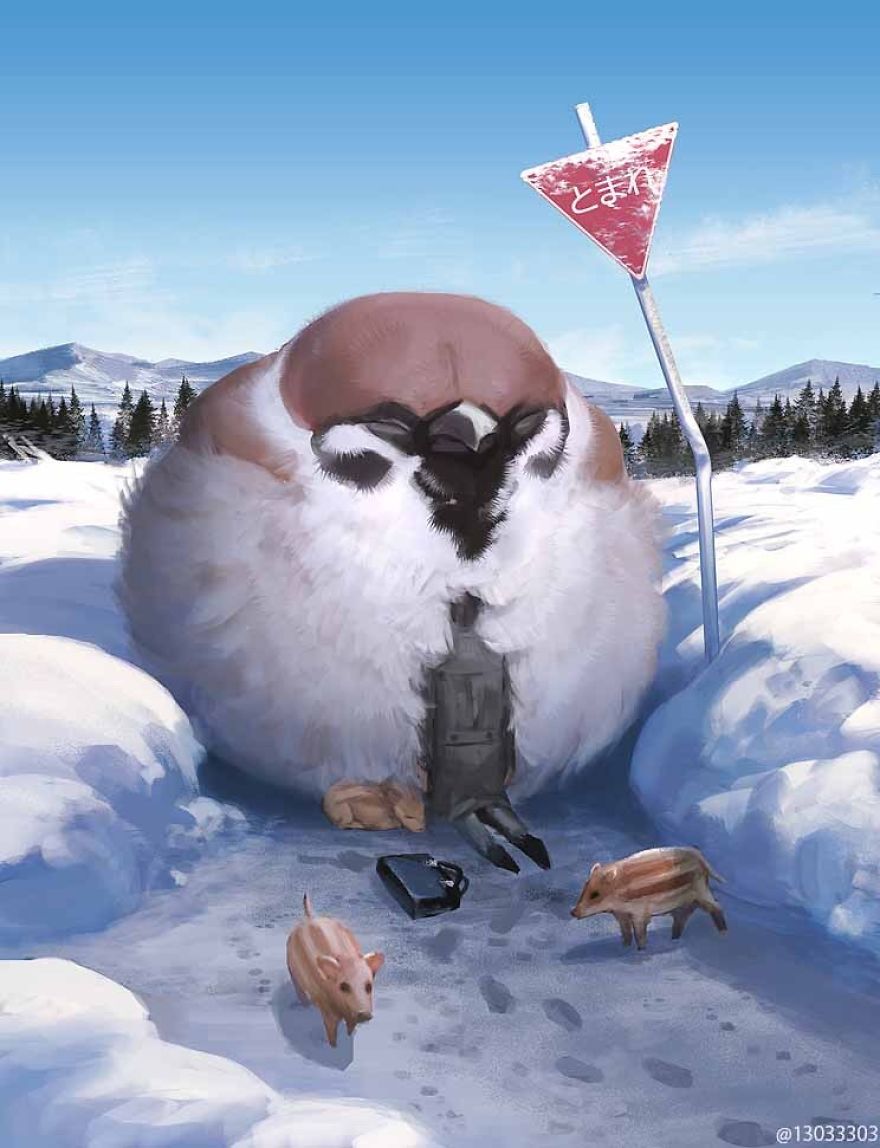
Japanese artwork has a very intricate history. According to JapanObjects:
The Great Wave off Kanagawa by Katsushika Hokusai (1760-1849) is undoubtedly one of the most famous Japanese artworks. It is no coincidence that this much-loved woodblock print has as its theme the formidable power of nature, and that it contains the majestic Mount Fuji. ature, and specifically mountains, have been a favorite subject of Japanese art since its earliest days. Before Buddhism was introduced from China in the 6th century, the religion known today as Shinto was the exclusive faith of the Japanese people. At its core, Shinto is the reverence for the kami, or deities, who are believed to reside in natural features, such as trees, rivers, rocks, and mountains.



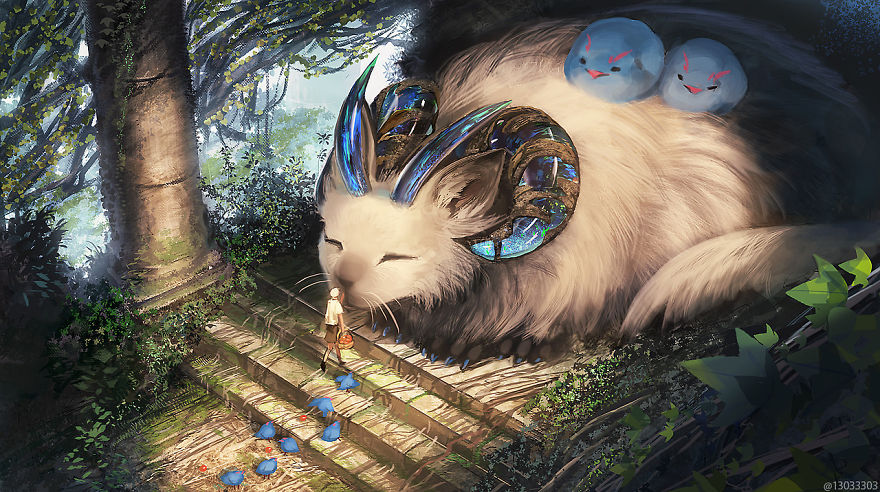
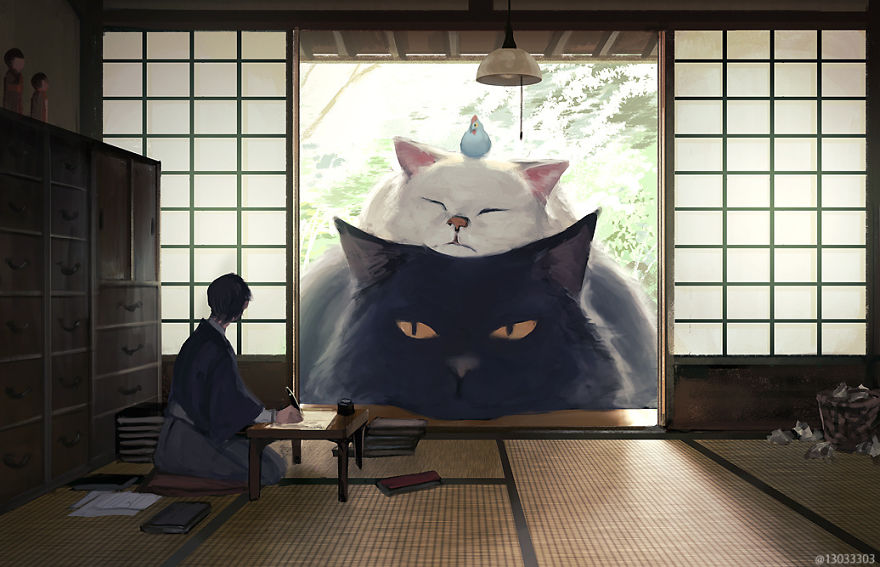
NewWorldEncyclopedia discusses the intricacies of Japanese art:
Japanese art covers a wide range of art styles and media, including ancient pottery, sculpture in wood and bronze, ink painting on silk and paper, calligraphy, ceramics, architecture, oil painting, literature, drama and music. The history of Japanese art begins with the production of ceramics by early inhabitants sometime in the tenth millennium B.C.E. The earliest complex art is associated with the spread of Buddhism in the seventh and eighth centuries C.E.


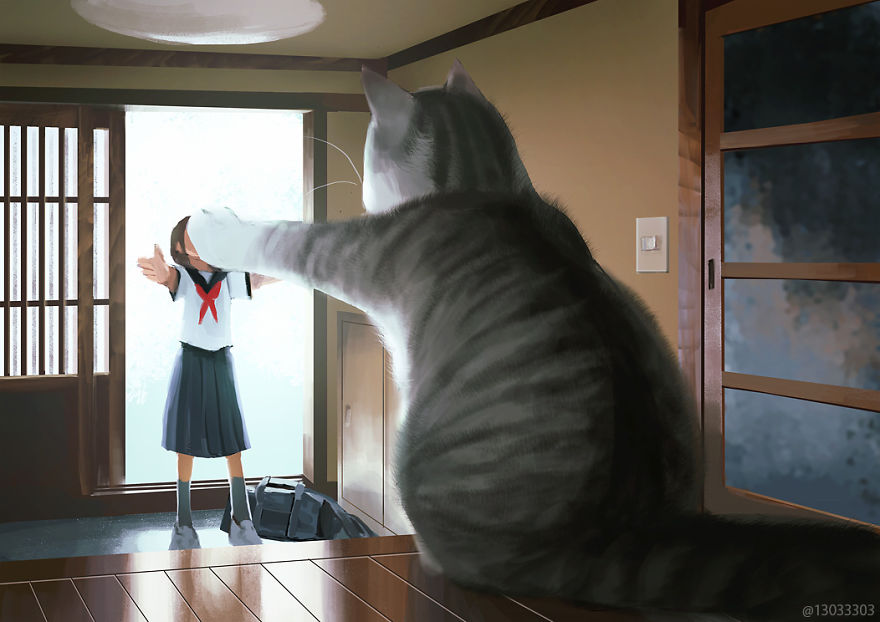

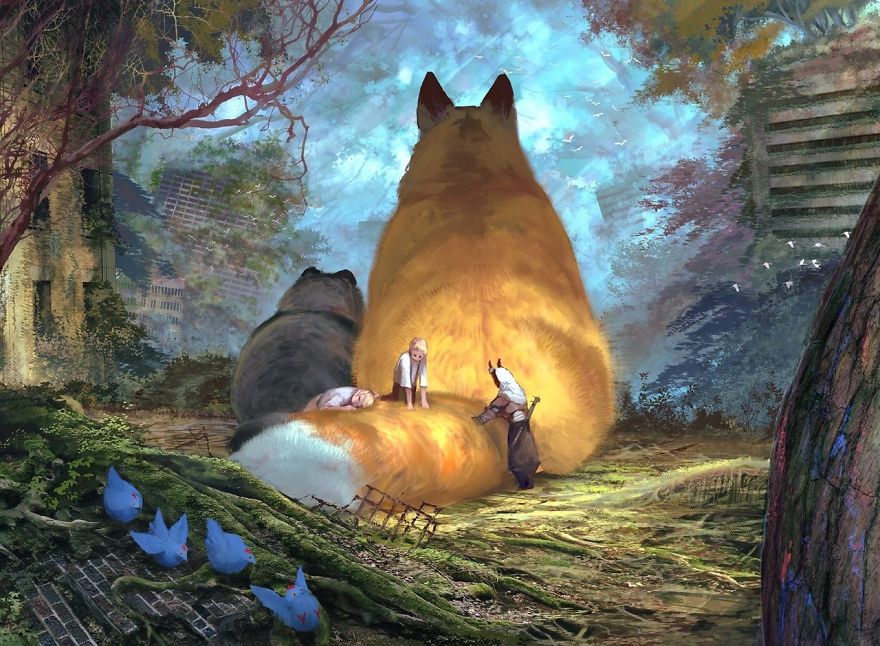

They continue with:
The arts in Japan were patronized and sustained for centuries by a series of imperial courts and aristocratic clans, until urbanization and industrialization created a popular market for art. Both religious and secular artistic traditions developed, but even the secular art was imbued with Buddhist and Confucian aesthetic principles, particularly the Zen concept that every aspect of the material world is part of an all-encompassing whole.
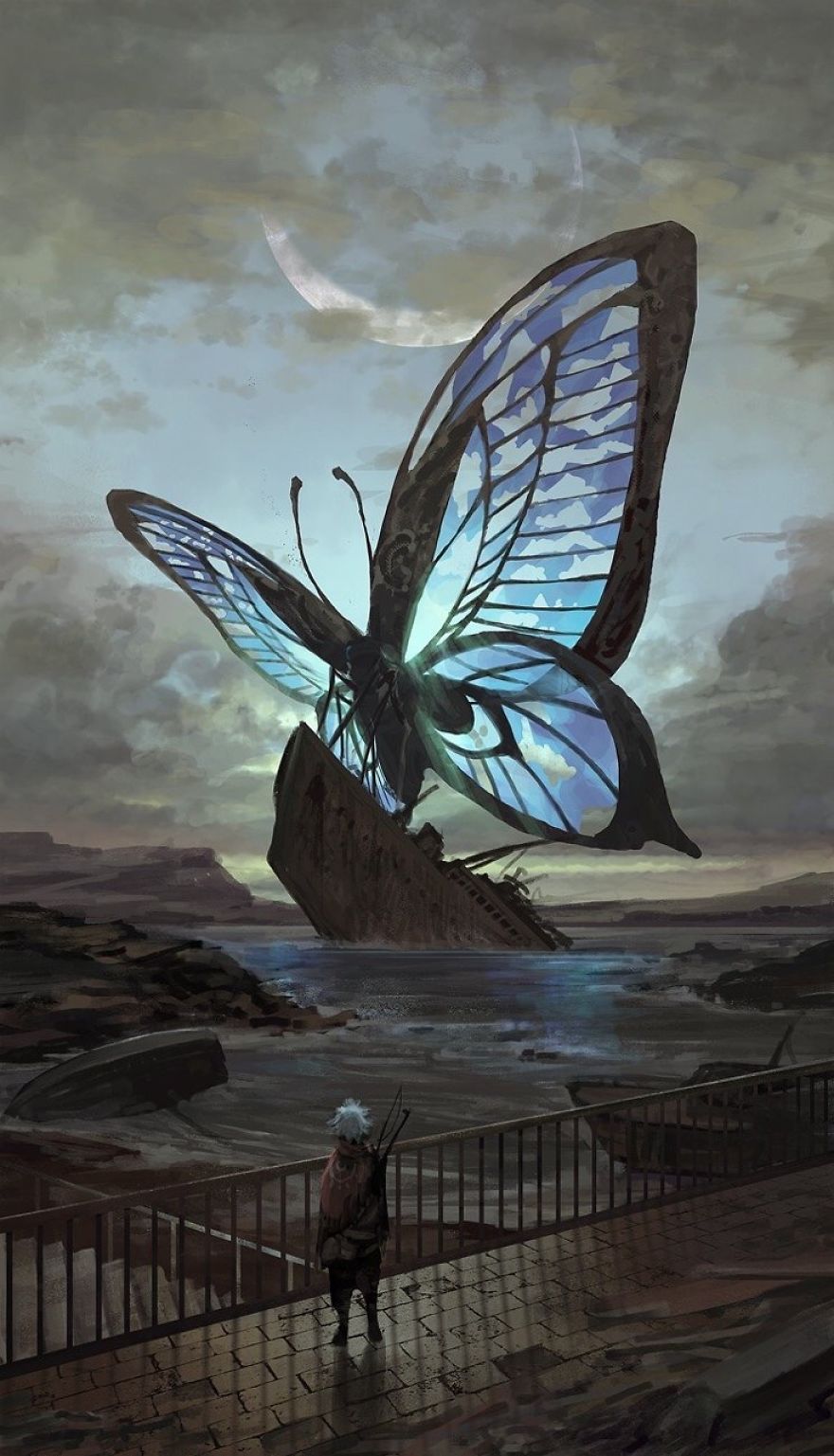
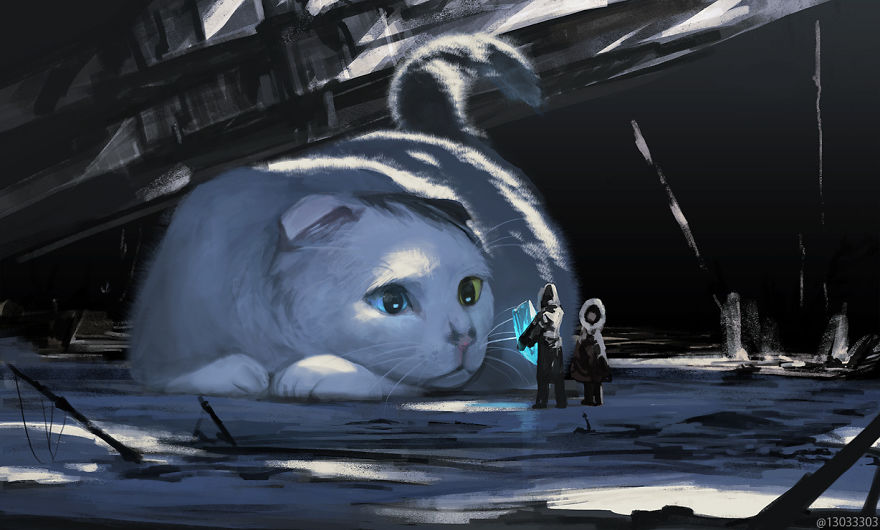

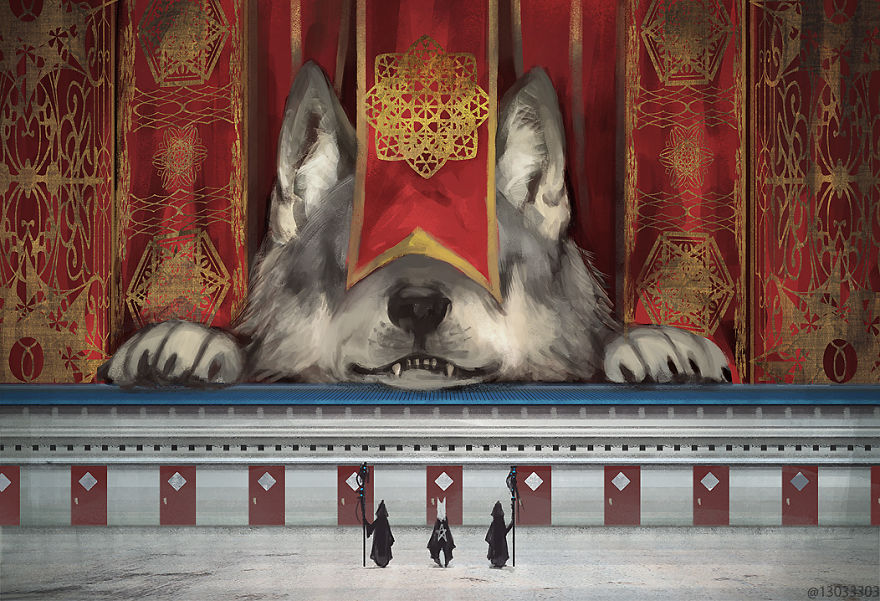
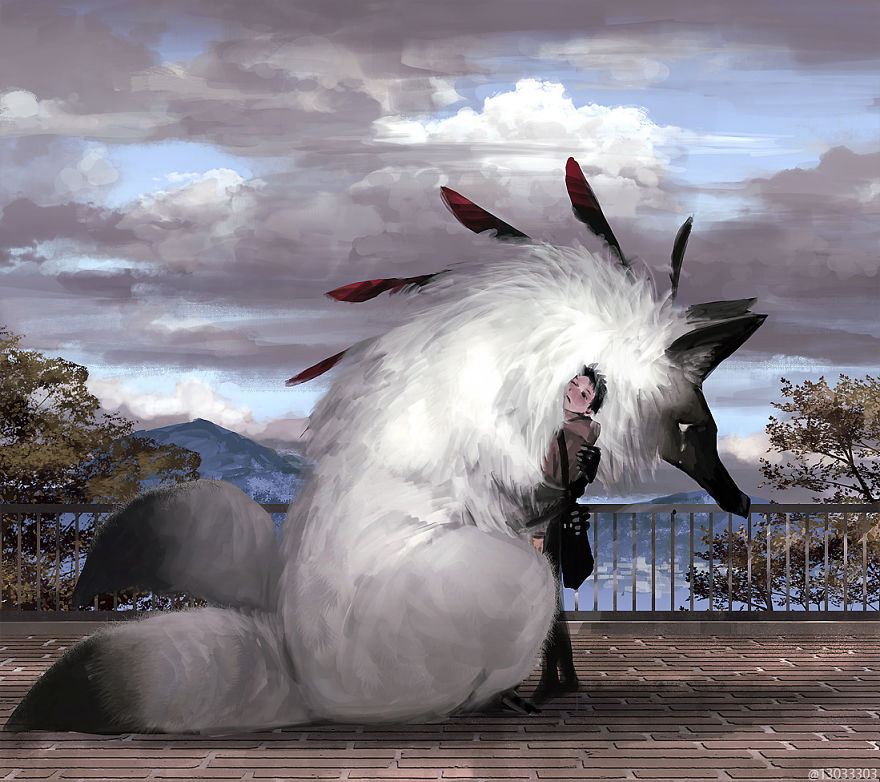

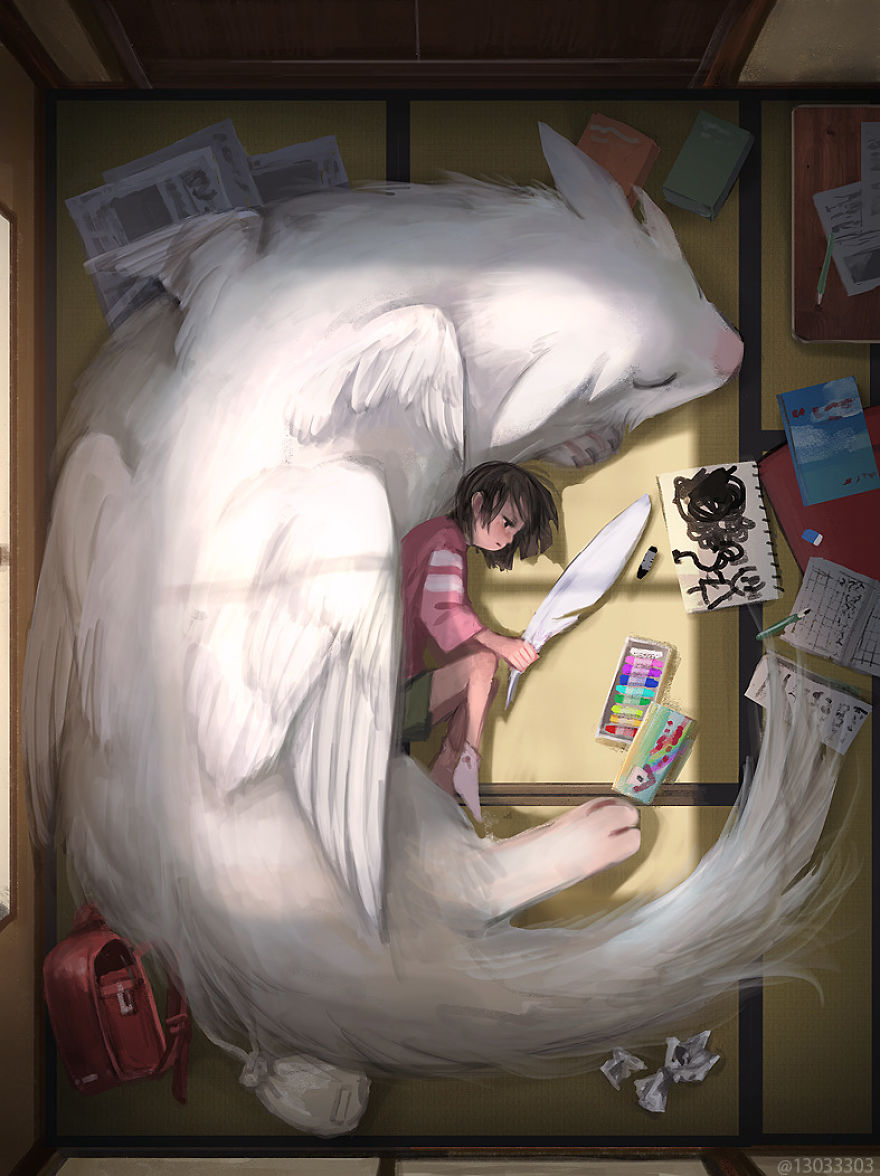
They further establish:
Japanese aesthetic principles of simplicity and understatement influenced Western architecture and design during the twentieth century. Japanese artists also absorbed Western techniques and materials and gained international audiences. Contemporary Japanese art is concerned with themes such as self-identity and finding fulfillment in a world dominated by technology. Since the 1990s, Japanese animation, known as anime, has become widely popular with young people in the West.



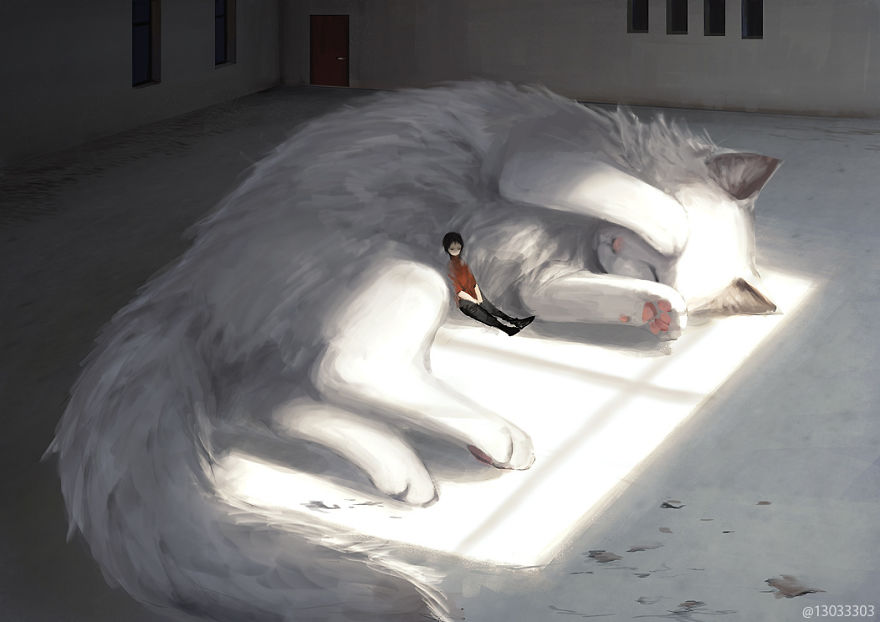
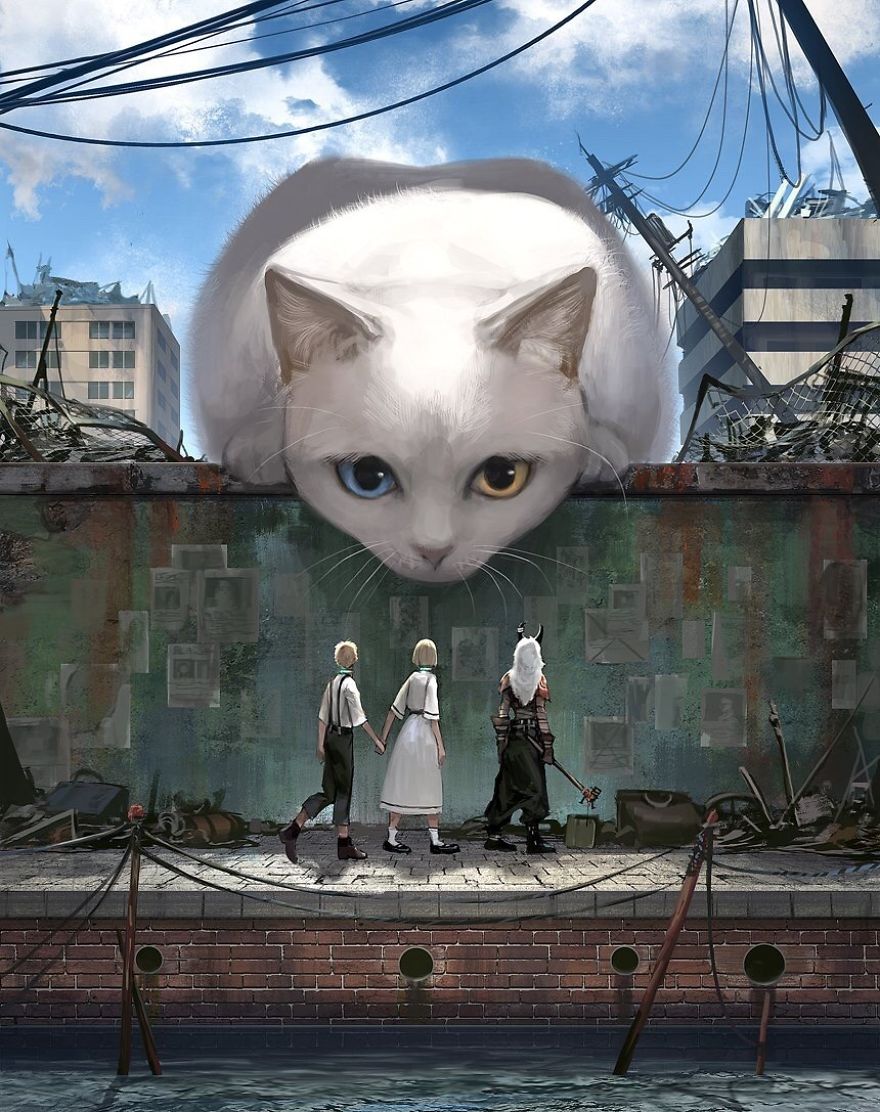

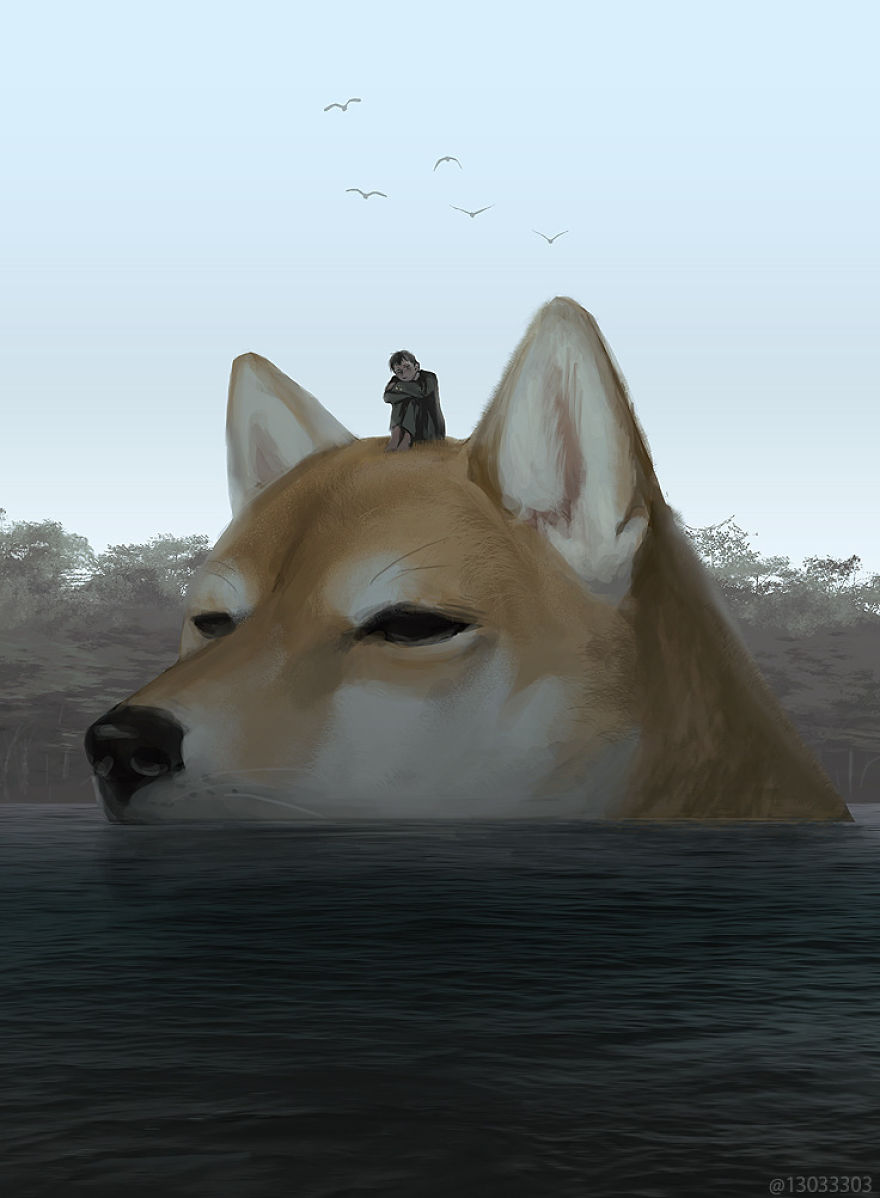


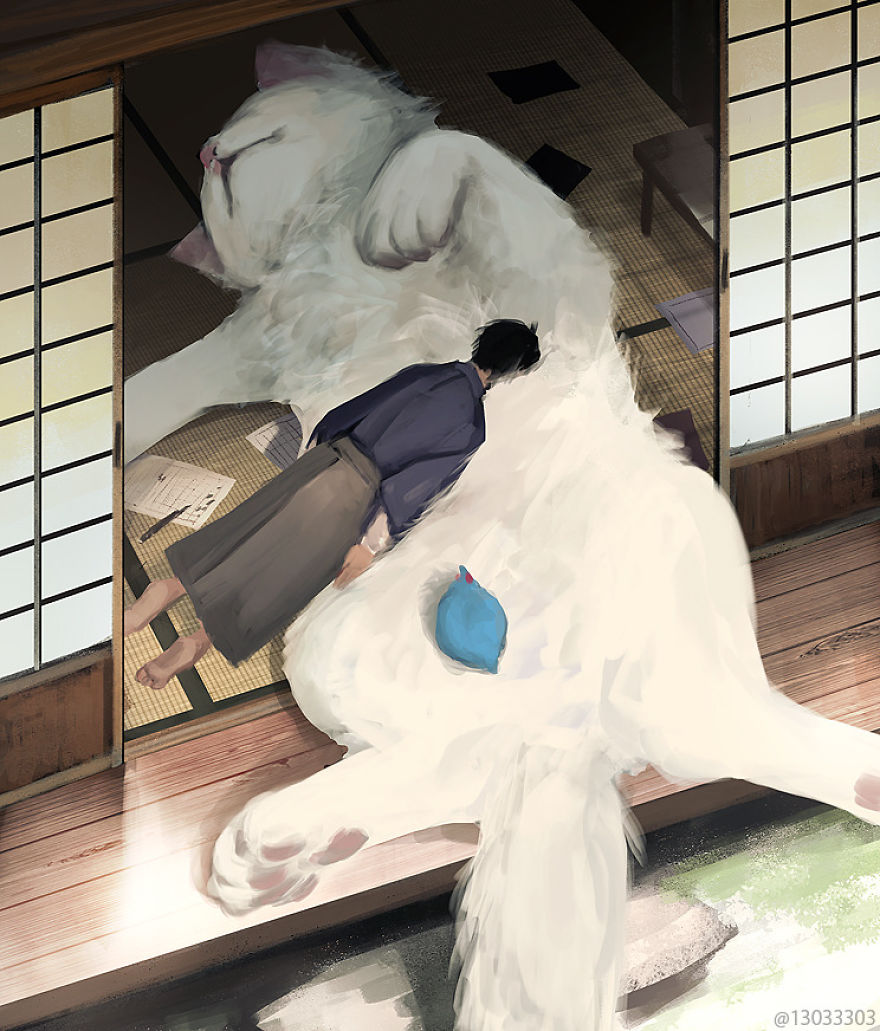
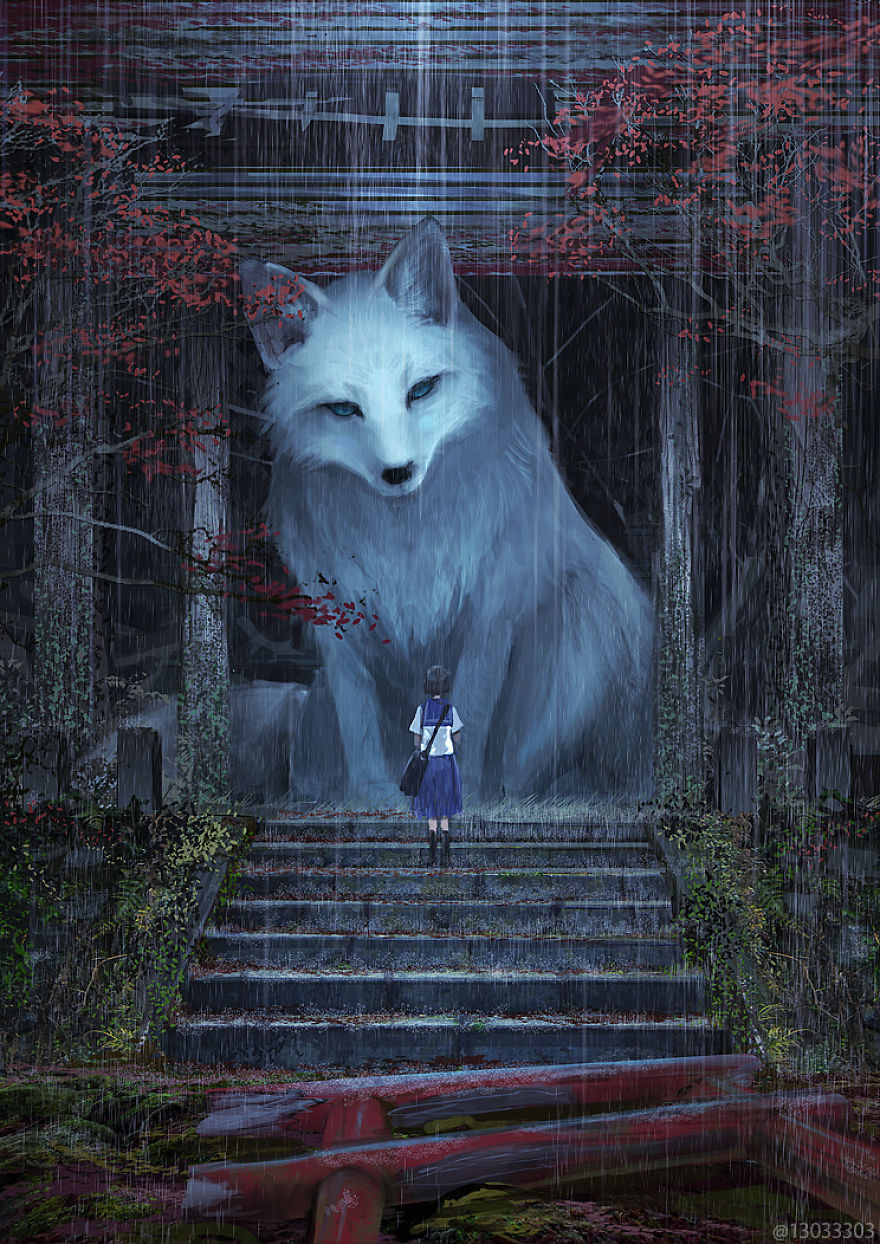
What did you think? Do you think Japanese art has a unique flavor? Tell us down in the comments below!